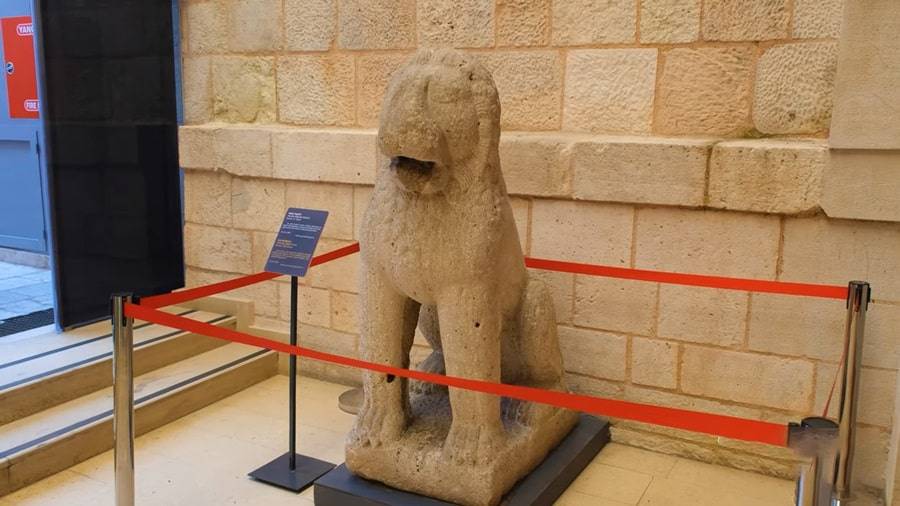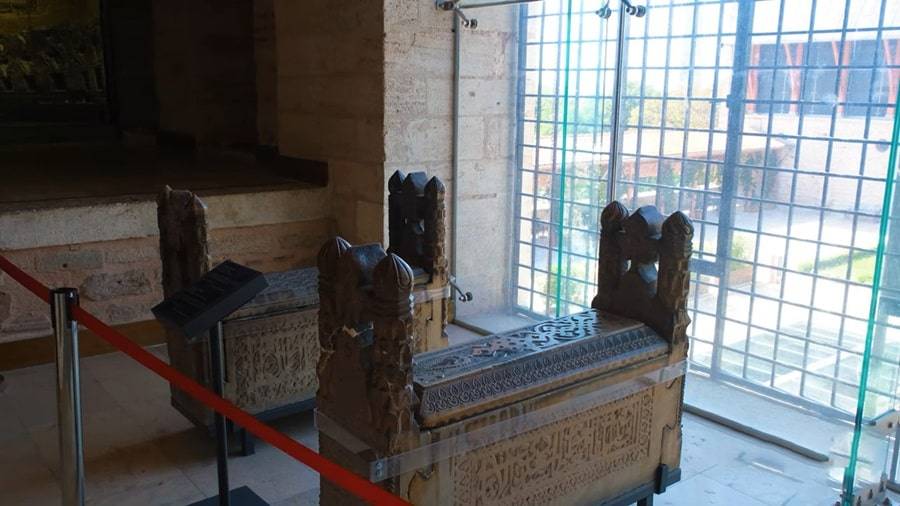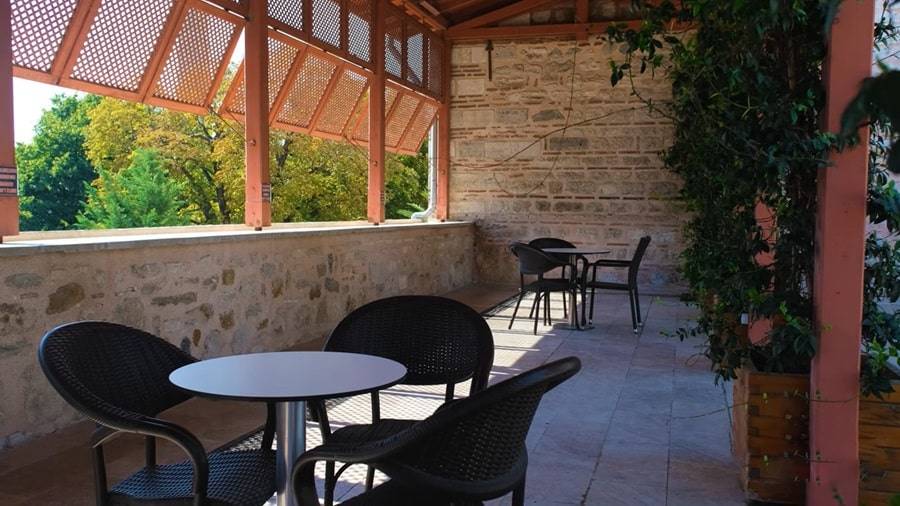Standing majestically on the shores of the Golden Horn in Istanbul, the Turkish and Islamic Arts Museum is a treasure trove of Anatolian and Islamic artistic heritage. This world-renowned institution houses an unparalleled collection of artifacts spanning centuries, offering visitors a captivating journey through the rich cultural tapestry of Turkey. From exquisite calligraphy to intricate carpets, the diverse collections of Turkish and Islamic Arts Museum Istanbul provide a window into the artistic traditions that have shaped Turkish identity.
History of the Museum

The museum’s origins date back to the late 19th century, initially established as a collection of palace artifacts within the Topkapi Palace. In 1929, the collection found its permanent home in the Süleymaniye Mosque Complex, a magnificent Ottoman-era structure built by the renowned architect Mimar Sinan. Transformed into the Turkish and Islamic Arts Museum, the building itself serves as a testament to Ottoman architectural prowess, further enriching the visitor experience.
Location and Access
The museum is conveniently located in the Eminönü district of Istanbul, within walking distance of major tourist attractions like the Hagia Sophia and the Blue Mosque. Reaching the museum is easy via public transportation, with tram stops and several bus lines nearby. Taxis are also readily available for those seeking a more convenient option. The museum is open daily except for Mondays, with operating hours typically from 9:00 am to 5:00 pm. Admission fees are reasonable, with discounts offered to students and seniors.
Collections and Exhibits

The museum’s vast collections offer a glimpse into the artistic evolution of Turkey and the Islamic world. Here are some highlights:
A. Islamic Calligraphy: The museum boasts a breathtaking collection of Islamic calligraphy, showcasing the art form’s central role in Islamic culture. From delicate Qur’anic inscriptions to bold decorative panels, the collection reveals the artistry and reverence with which the written word was treated in the Islamic world. Visitors can marvel at exquisite examples of various calligraphic styles, each representing a unique chapter in Islamic artistic tradition. Notable pieces include manuscripts penned by renowned calligraphers and intricately illuminated Qur’ans.
Turkish Ceramics and Tiles: Explore the vibrant world of Turkish ceramics and tiles, renowned for their intricate designs and vibrant colors. The collection traces the history of this art form, from the early Seljukid period to the dazzling Iznik tiles of the Ottoman era. Visitors can admire the masterful craftsmanship evident in plates, bowls, and stunning tile panels, each boasting floral motifs, geometric patterns, and captivating calligraphy.
Woodwork and Metalwork: Delve into the artistry of Turkish and Islamic woodwork and metalwork. This section showcases the intricate craftsmanship employed in furniture, doors, and decorative objects. From ornately carved wooden chests to intricately designed silverware, the collection reflects the technical mastery and artistic sensibilities of Turkish artisans. Notable pieces include inlaid furniture with mother-of-pearl and exquisite metalwork objects adorned with floral and geometric designs.
Textiles and Carpets: Immerse yourself in the rich tradition of Turkish and Islamic textiles and carpets. This section features an impressive collection of rugs, kilims, and textiles, renowned for their intricate weaving techniques and vibrant colors. Visitors can discover the symbolic language woven into these textiles, with floral motifs representing paradise and geometric patterns reflecting harmony. Highlights include hand-woven carpets from renowned centers like Hereke and Uşak, each showcasing the exceptional artistry and craftsmanship of Turkish textile tradition.
Visitor Information

For an enriching visit, consider these tips:
- Planning: Allocate at least 2-3 hours to explore the vast collections. Review the museum’s website for special exhibits and guided tour options, offered in various languages.
- Avoiding Crowds: Weekdays generally offer a more relaxed experience compared to weekends. Early mornings or late afternoons can be ideal for a quieter exploration.
- Visitor Facilities: The museum provides a range of facilities for visitors, including a cloakroom, restrooms, and a well-stocked gift shop offering souvenirs and replicas of museum artifacts. Elevate your experience of Turkish and Islamic Arts Museum Istanbul with our top-rated tour offering.
The Turkish and Islamic Arts Museum is a must-visit for anyone seeking to delve into the heart of Turkish culture and artistic heritage. With its captivating collections and stunning historical setting, the museum promises a journey through time, revealing the artistic brilliance and rich traditions that have shaped Turkey’s unique identity.

